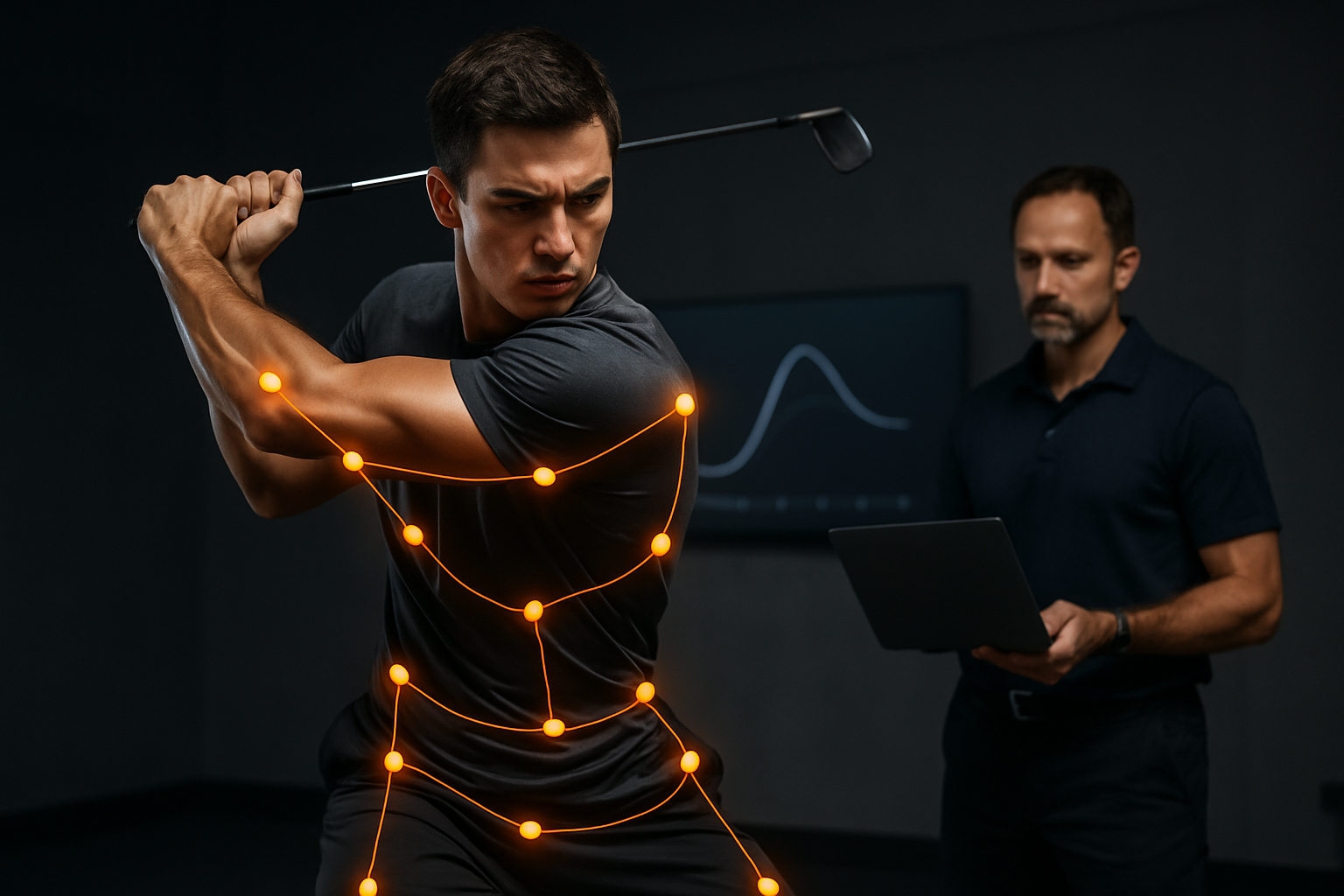Injury prevention methods backed by movement analysis
Movement analysis combines objective measurement with coaching insight to reduce injury risk across athletic levels. This article outlines methods that use analytics, wearables, and training adjustments to support recovery and performance while considering scouting, inclusivity, and sustainability in program design.

Movement analysis brings quantitative assessment to typical coaching judgment, enabling targeted interventions that reduce injury risk and improve performance. By combining video, sensor data, and motion-capture metrics, practitioners can detect asymmetries, load patterns, and movement faults before they manifest as injuries. The methods described here draw on analytics and wearable technology as tools, while emphasizing practical coaching, recovery, and inclusive program design that supports long-term athlete health.
How do analytics and metrics inform injury risk?
Analytics translate raw movement data into actionable metrics such as joint angle deviations, load distribution, and asymmetry indices. Using time-series and comparative analyses, coaches and medical staff can identify atypical patterns that precede common injuries. For example, monitoring deceleration mechanics or knee valgus during dynamic tasks can flag elevated risk. Metrics also enable objective tracking of rehabilitation progress and return-to-play decisions by providing repeatable benchmarks rather than relying solely on subjective reports.
How can wearables and movement monitoring help?
Wearables capture continuous, field-based data—accelerometers, gyroscopes, and inertial measurement units (IMUs) provide insights outside the lab setting. These devices support real-world monitoring of training loads, movement quality, and fatigue, allowing staff to adjust volume or intensity to prevent overload injuries. Integration with analytics platforms makes it possible to set individualized thresholds and trigger alerts for unusual spikes in load or deteriorations in movement quality that correlate with higher injury incidence.
What training and coaching approaches reduce injury?
Training programs informed by movement analysis prioritize movement quality, progressive load management, and sport-specific conditioning. Coaches can use analyzed movement faults to prescribe corrective exercises, tailored strength and plyometric progressions, and neuromuscular control drills. Periodized training that balances high-intensity work with technical and recovery-focused sessions reduces chronic stress. Clear communication between coaching and medical teams ensures that training adaptations reflect athletes’ current capacity as measured by objective data.
How are recovery and nutrition integrated into prevention?
Recovery and nutrition are integral to any prevention strategy revealed by movement analysis. Data-driven plans may recommend altered workloads when fatigue signals appear, and targeted recovery modalities—sleep optimization, active recovery, or manual therapy—based on performance trends. Nutrition supports tissue repair and energy availability; combining movement metrics with dietary monitoring helps practitioners ensure athletes receive sufficient macronutrients and timing to support adaptation and reduce susceptibility to injury.
How do scouting, inclusivity, and engagement affect prevention?
Scouting informed by movement analysis can identify candidates whose mechanics align with the demands of a sport, reducing mismatch-related injuries. Inclusivity means adapting assessment protocols to different body types, abilities, and cultural backgrounds so analytics do not bias selection or prescribing. Engagement—educating athletes on what the metrics mean and how adjustments help—improves adherence to corrective programs and fosters a culture where prevention is part of everyday practice rather than a reactive measure.
What role does sustainability play in long-term injury prevention?
Sustainability in prevention means designing load management and equipment strategies that minimize environmental and physical strain over time. Sustainable programming considers long-term athlete development, equipment durability, and scalable monitoring systems that reduce waste and resource pressure. Using standardized, interoperable metrics across teams supports consistent decision-making and prevents redundant testing, helping organizations maintain efficient, long-lasting prevention practices while tracking injury trends across seasons.
This article is for informational purposes only and should not be considered medical advice. Please consult a qualified healthcare professional for personalized guidance and treatment.
In summary, movement analysis supports injury prevention by converting observations into measurable metrics, enabling wearable-enabled monitoring, and guiding training, recovery, and nutrition choices. When combined with inclusive scouting practices and sustainable program design, these methods foster safer, more effective athlete development and rehabilitation pathways while maintaining engagement across the support team.





